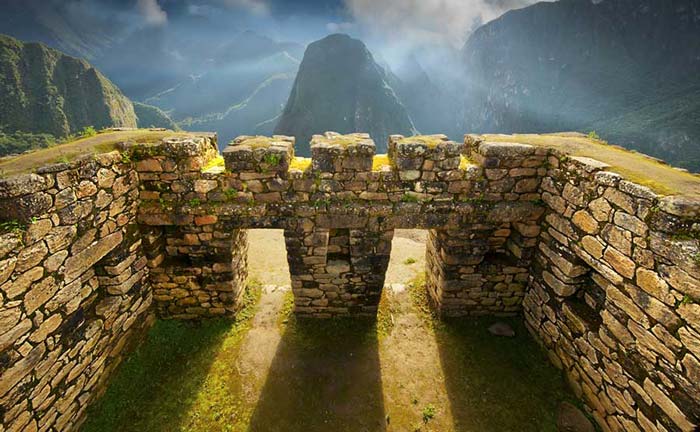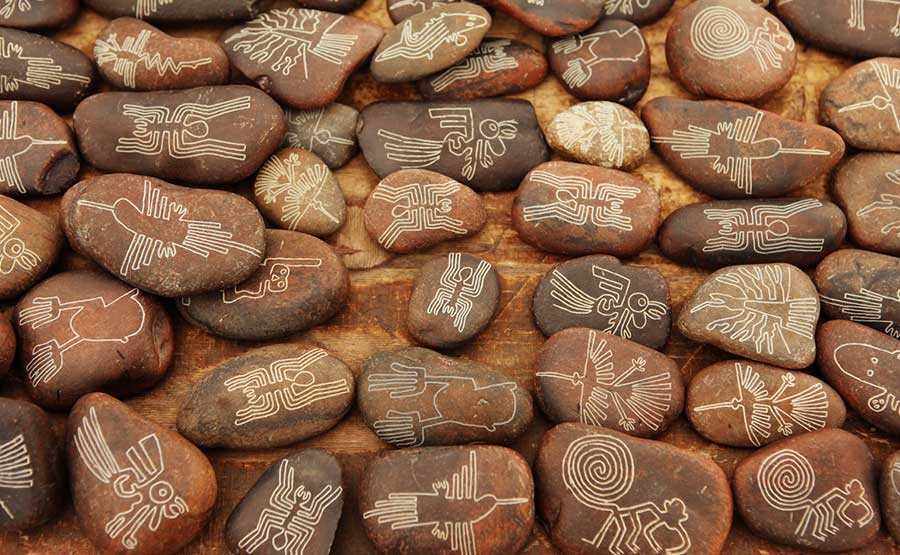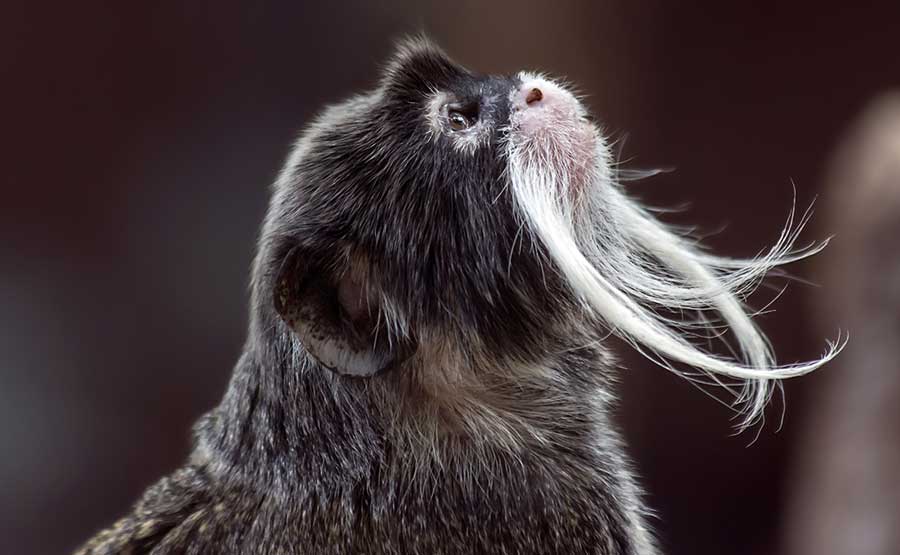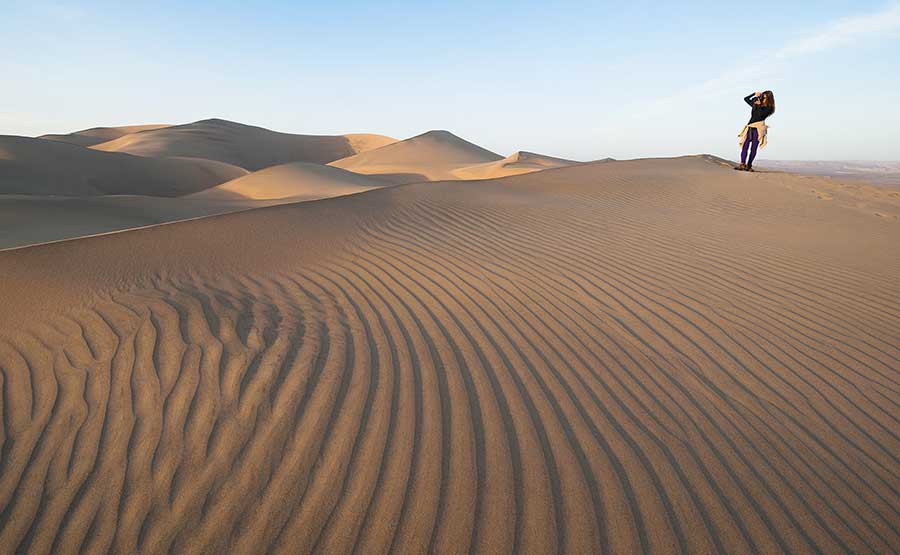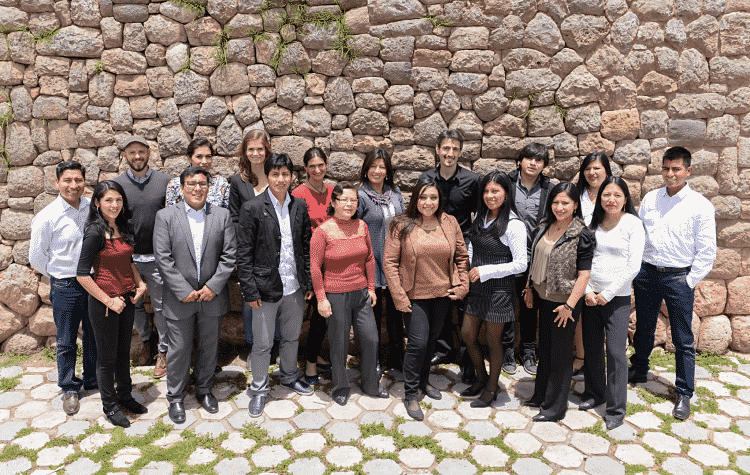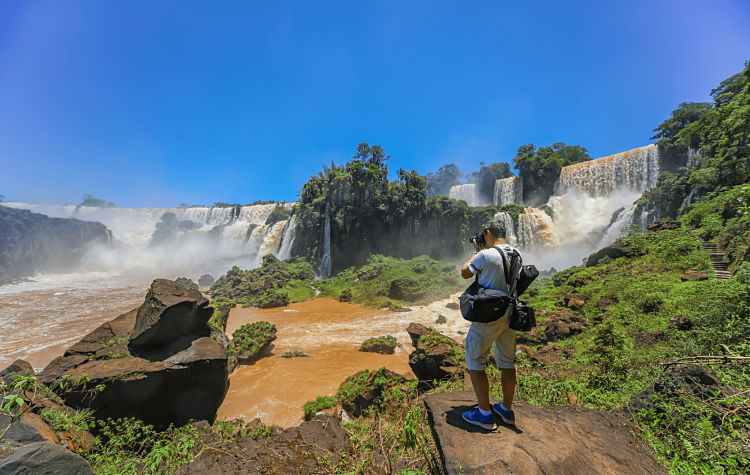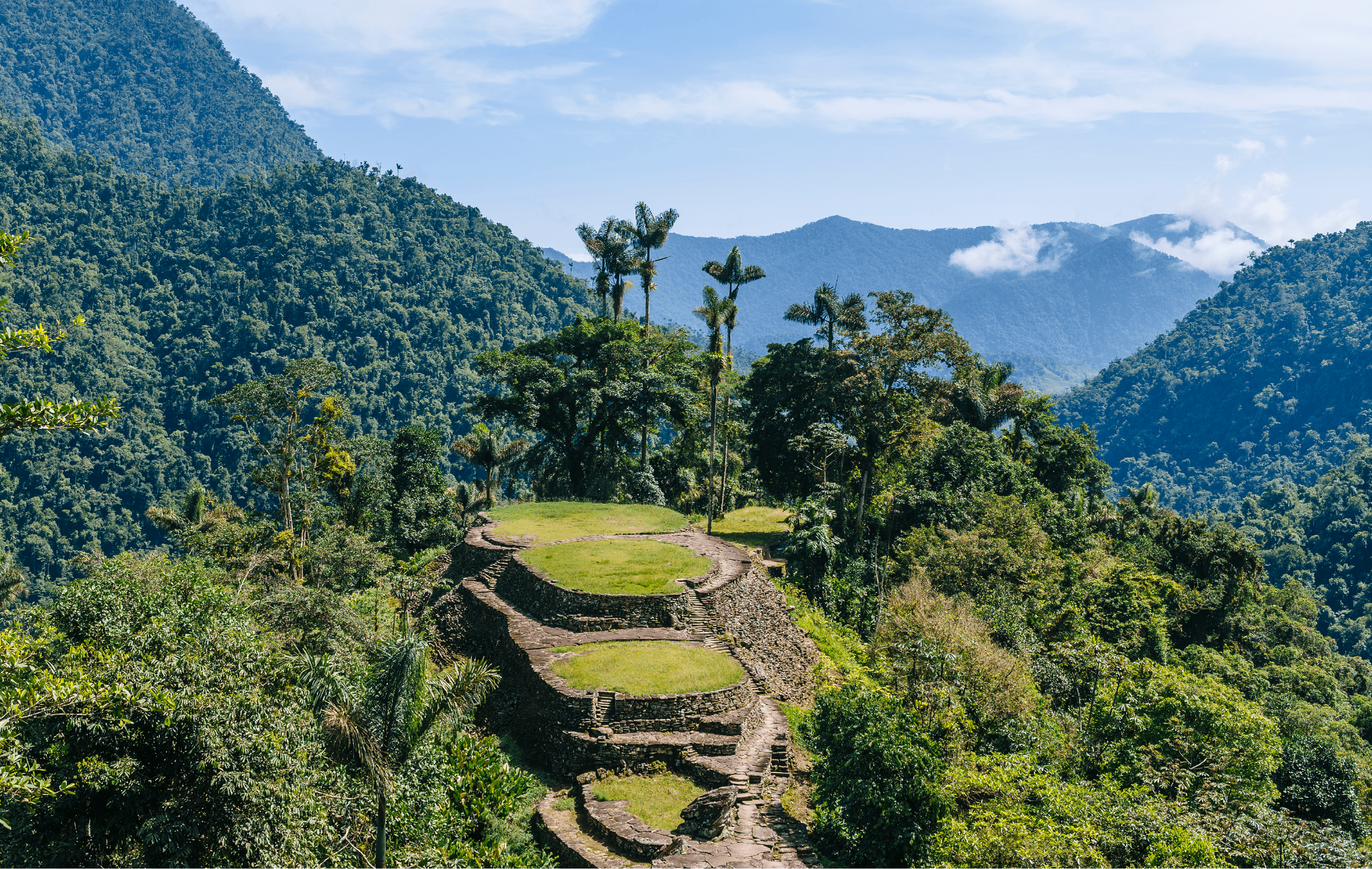CUSCO.-
With so much to experience in this area, a custom Cusco tour can definitely be a game-changer. This one-time capital of the Inca Empire, Cusco is filled with masterfully executed Inca stone relics. Legend has it that the city was founded by the first Incas, Manco Cápac and Mama Ocllo, the sun and daughter of the sun god. After being born from Lake Titicaca, Manco Cápac and Mama Ocllo headed north to found the Inca dynasty here. Whatever the truth of the city’s origins, for the Incas Cusco was the heart of their empire and the “navel of the world.”
Despite the onslaught of earthquakes and the plundering and rebuilding of the city by the Spanish conquistadors, the presence of the Incas is still writ large here in the so-called archaeological capital of the Americas. A quick stroll around this UNESCO-listed city will reveal the astounding construction skill of this once-powerful civilization. Marvel at the precision of the Inca-built walls, where huge blocks fit together like perfectly cut jigsaw pieces, without cement or mortar to bond them. The fact that these structures remain intact today is testament to the incredibly sophisticated engineering skills and impeccable workmanship of the Inca people.
Other Inca sites worth seeking out in Cusco include the walled complex of Sacsayhuaman, where Spanish conquistadores clashed with Inca leaders in a brutal battle; Qorikancha (the Temple of the Sun); and Calle Hatun Rumiyoc, a shining example of Inca masonry skills and home to the famous 12-angle stone.
Despite its collection of ancient treasures, this vibrant city is no mere museum. In fact, it’s surprisingly happening and vivacious, with lots of world class services including lively restaurant, bars and shops, as well as fiestas, making it a worthy inclusion on your luxury tour to Peru.
SACRED VALLEY.-
Just a one-hour drive from Cusco, shadowed beneath the emerald Andean peaks lies the Sacred Valley of the Incas. Here, you’ll find peaceful villages that modernity has barely touched as well as Inca ruins, such as those near Pisac and Ollantaytambo. Mild weather, rousing scenery and interesting terrain attract adventure enthusiasts who come here to enjoy rafting, mountain biking, hand-gliding, paragliding, horseback riding and trekking.
PISAC.-
The mountain town of Pisac is best-known for two things: its magnificent Inca ruins and its colorful artisan market. Start by exploring the Inca citadel, which sits on a plateau above sweeping agricultural terraces. At the top of the site is the Sun Temple, which contains an abstract yet significant carved rock hitching post; this is thought to be symbolically tied to the sun as it journeys across the sky. Back in town, Pisac’s artisan market happens daily, but peaks on Sundays, when the selection of weaved blankets, knitted scarves, cozy alpaca jumpers, ceramics and other traditional products is particularly wide-ranging.
CHINCHERO.-
Chinchero’s Sunday market was originally set-up so that people living in the valley and the surrounding hills could trade produce. No longer is it just a local affair. Visitors now come from far and wide to browse superb handicrafts produced by the indigenous weaving community here. Chinchero’s weavers are artisans in the truest sense; they harvest wool, produce their own plant dyes and hand weave their intricate textiles.
OLLANTAYTAMBO.-
Named after the Inca chief, Ollanta, this town is now the kick-off point for the Inca Trail. But even if you aren’t hiking the world-famous route, Ollantaytambo’s cluster of well-preserved Inca ruins and relics form an attraction in their own right. The town retains its original Inca walls and street grid, and the formidable fortress here was one of the last Inca bastions to withstand the attacking Spanish.
MORAY.-
This stepped, amphitheater-like pits are believed to have been used by the Incas to experiment with groundbreaking agricultural methods. Because of the different elevations, the temperatures between each layer of the pit can vary by several degrees. These distinct microclimates allow different types of vegetables and cereals to grow, which couldn’t otherwise survive in the harsh Andean environment.
CUSCO.-
With so much to experience in this area, a custom Cusco tour can definitely be a game-changer. This one-time capital of the Inca Empire, Cusco is filled with masterfully executed Inca stone relics. Legend has it that the city was founded by the first Incas, Manco Cápac and Mama Ocllo, the sun and daughter of the sun god. After being born from Lake Titicaca, Manco Cápac and Mama Ocllo headed north to found the Inca dynasty here. Whatever the truth of the city’s origins, for the Incas Cusco was the heart of their empire and the “navel of the world.”
Despite the onslaught of earthquakes and the plundering and rebuilding of the city by the Spanish conquistadors, the presence of the Incas is still writ large here in the so-called archaeological capital of the Americas. A quick stroll around this UNESCO-listed city will reveal the astounding construction skill of this once-powerful civilization. Marvel at the precision of the Inca-built walls, where huge blocks fit together like perfectly cut jigsaw pieces, without cement or mortar to bond them. The fact that these structures remain intact today is testament to the incredibly sophisticated engineering skills and impeccable workmanship of the Inca people.
Other Inca sites worth seeking out in Cusco include the walled complex of Sacsayhuaman, where Spanish conquistadores clashed with Inca leaders in a brutal battle; Qorikancha (the Temple of the Sun); and Calle Hatun Rumiyoc, a shining example of Inca masonry skills and home to the famous 12-angle stone.
Despite its collection of ancient treasures, this vibrant city is no mere museum. In fact, it’s surprisingly happening and vivacious, with lots of world class services including lively restaurant, bars and shops, as well as fiestas, making it a worthy inclusion on your luxury tour to Peru.
SACRED VALLEY.-
Just a one-hour drive from Cusco, shadowed beneath the emerald Andean peaks lies the Sacred Valley of the Incas. Here, you’ll find peaceful villages that modernity has barely touched as well as Inca ruins, such as those near Pisac and Ollantaytambo. Mild weather, rousing scenery and interesting terrain attract adventure enthusiasts who come here to enjoy rafting, mountain biking, hand-gliding, paragliding, horseback riding and trekking.
PISAC.-
The mountain town of Pisac is best-known for two things: its magnificent Inca ruins and its colorful artisan market. Start by exploring the Inca citadel, which sits on a plateau above sweeping agricultural terraces. At the top of the site is the Sun Temple, which contains an abstract yet significant carved rock hitching post; this is thought to be symbolically tied to the sun as it journeys across the sky. Back in town, Pisac’s artisan market happens daily, but peaks on Sundays, when the selection of weaved blankets, knitted scarves, cozy alpaca jumpers, ceramics and other traditional products is particularly wide-ranging.
CHINCHERO.-
Chinchero’s Sunday market was originally set-up so that people living in the valley and the surrounding hills could trade produce. No longer is it just a local affair. Visitors now come from far and wide to browse superb handicrafts produced by the indigenous weaving community here. Chinchero’s weavers are artisans in the truest sense; they harvest wool, produce their own plant dyes and hand weave their intricate textiles.
OLLANTAYTAMBO.-
Named after the Inca chief, Ollanta, this town is now the kick-off point for the Inca Trail. But even if you aren’t hiking the world-famous route, Ollantaytambo’s cluster of well-preserved Inca ruins and relics form an attraction in their own right. The town retains its original Inca walls and street grid, and the formidable fortress here was one of the last Inca bastions to withstand the attacking Spanish.
MORAY.-
This stepped, amphitheater-like pits are believed to have been used by the Incas to experiment with groundbreaking agricultural methods. Because of the different elevations, the temperatures between each layer of the pit can vary by several degrees. These distinct microclimates allow different types of vegetables and cereals to grow, which couldn’t otherwise survive in the harsh Andean environment.
Things to do in Cusco & the Sacred Valley
Like all of our tours, these are just suggestions to complement your customized tour to Peru.
We welcome you to check out some of the cultural, culinary, artistic and ethnic treasures that abound Cusco and its surrounding countryside.
Other Destinations in Peru
Still looking for inspiration? Ignite your travel bug by reading more about Kuoda’s destinations.
If that whets your wanderlust and you’re keen to find out more, reach out to our travel experts.
They can respond to your questions, queries and qualms about luxury travel in Peru.
Why Kuoda?
Most vacation memories quickly dissipate in the face of routine, but remarkable travel experiences hover in the back of the mind forever. With Kuoda’s private tours to Ecuador, Bolivia and Peru, we create meaningful memories that stick…


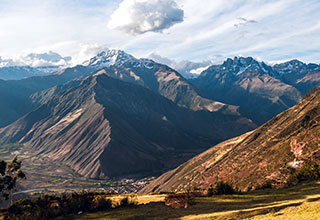
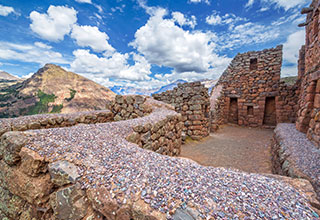
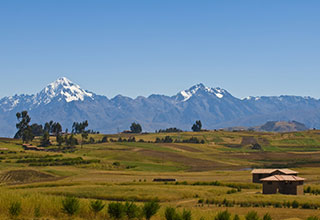
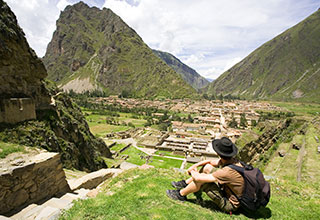
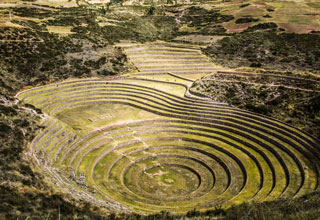
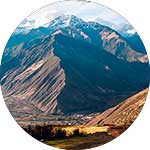 The Sacred Valley
The Sacred Valley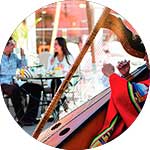 World-Class Services
World-Class Services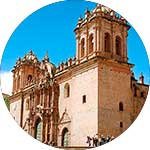 The Cathedral
The Cathedral San Pedro Market
San Pedro Market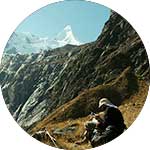 Adventure Activities
Adventure Activities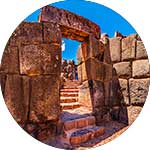 Sacsayhuaman
Sacsayhuaman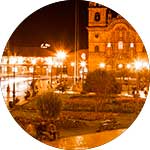 Plaza de Armas
Plaza de Armas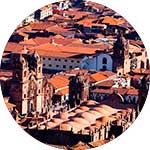 UNESCO
UNESCO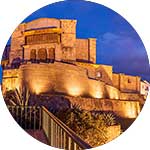 Qorikancha
Qorikancha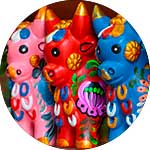 San Blas
San Blas